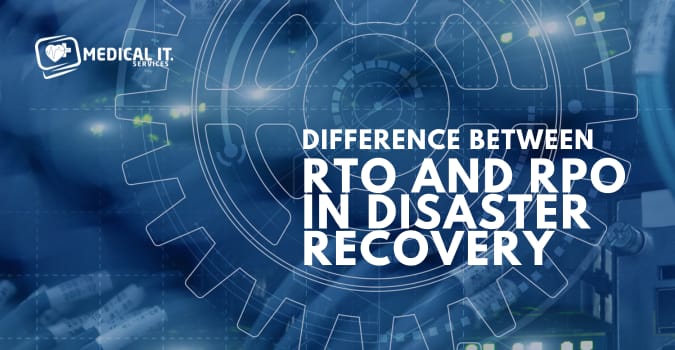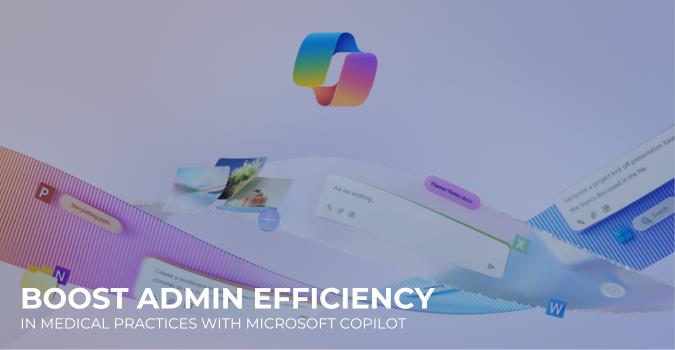In today’s fast-paced healthcare environment, time and accuracy are everything. Medical practices already juggle patient…

Difference Between RTO and RPO in Disaster Recovery
Disaster recovery planning is a critical aspect of any organization’s IT infrastructure. Two key metrics play a vital role in this domain: Recovery Time Objective (RTO) and Recovery Point Objective (RPO). Both RTO and RPO are fundamental in devising an effective disaster recovery strategy that ensures business continuity and data integrity.
Recovery Time Objective (RTO)
RTO, or Recovery Time Objective, is a measure of the maximum allowable downtime for a system or service after a disruption. It sets the target duration within which the system or service needs to be restored and resumed to normal operation after a disaster occurs. The RTO is often defined in hours, minutes, or even seconds, depending on the criticality of the system or service.
In simpler terms, RTO answers the question: “How much time can the system be down before it starts impacting the business?”
Recovery Point Objective (RPO)
On the other hand, a Recovery Point Objective (RPO) represents the acceptable amount of data loss a system or service can tolerate in case of a disruption. RPO sets the maximum interval of data that can be lost, measured in time units such as minutes, hours, or days. It defines the point in time to which data needs to be recovered to ensure minimal loss.
In essence, RPO addresses the question: “How much data can we afford to lose?”
Related Story: An Overview of Disaster Recovery Challenges
Understanding the Difference
To comprehend the difference between RTO and RPO, let’s consider an analogy. Imagine RPO as the point on a timeline representing data, and RTO as the length of the timeline representing time. RPO would be the last known good point on the timeline, and RTO would be the duration within which we want to get back to that point.
In disaster recovery terms, RPO focuses on data integrity, determining how much data loss is acceptable. Conversely, RTO emphasizes business continuity, determining the tolerable downtime for a system or service.
Practical Application
In practical terms, let’s say an organization has an RPO of 1 hour and an RTO of 4 hours for a critical system. This means they can tolerate up to 1 hour of data loss, and the system needs to be restored and operational within 4 hours of a disruption.
To achieve these objectives, a comprehensive disaster recovery plan, including backup and recovery strategies, needs to be in place. Regular testing and updates to the disaster recovery plan are essential to ensure that RTO and RPO requirements are met consistently.
Conclusion
In summary, RTO and RPO are pivotal metrics in disaster recovery planning, each focusing on a distinct aspect of the recovery process. RTO addresses downtime and business continuity, while RPO focuses on data integrity and loss tolerance. A well-crafted disaster recovery strategy that aligns with both RTO and RPO can safeguard an organization’s operations and data in the event of a disaster.
Get Expert Guidance for Disaster Recovery
For expert guidance and implementation of disaster recovery strategies tailored to your organization’s needs, MedicalIT.Services stand ready to assist. Our expertise in IT disaster recovery services can help you design and implement a robust plan that aligns with your specific RTO and RPO requirements. Don’t leave your critical data and operations at risk—reach out to us to fortify your disaster recovery capabilities.
Also Read:



